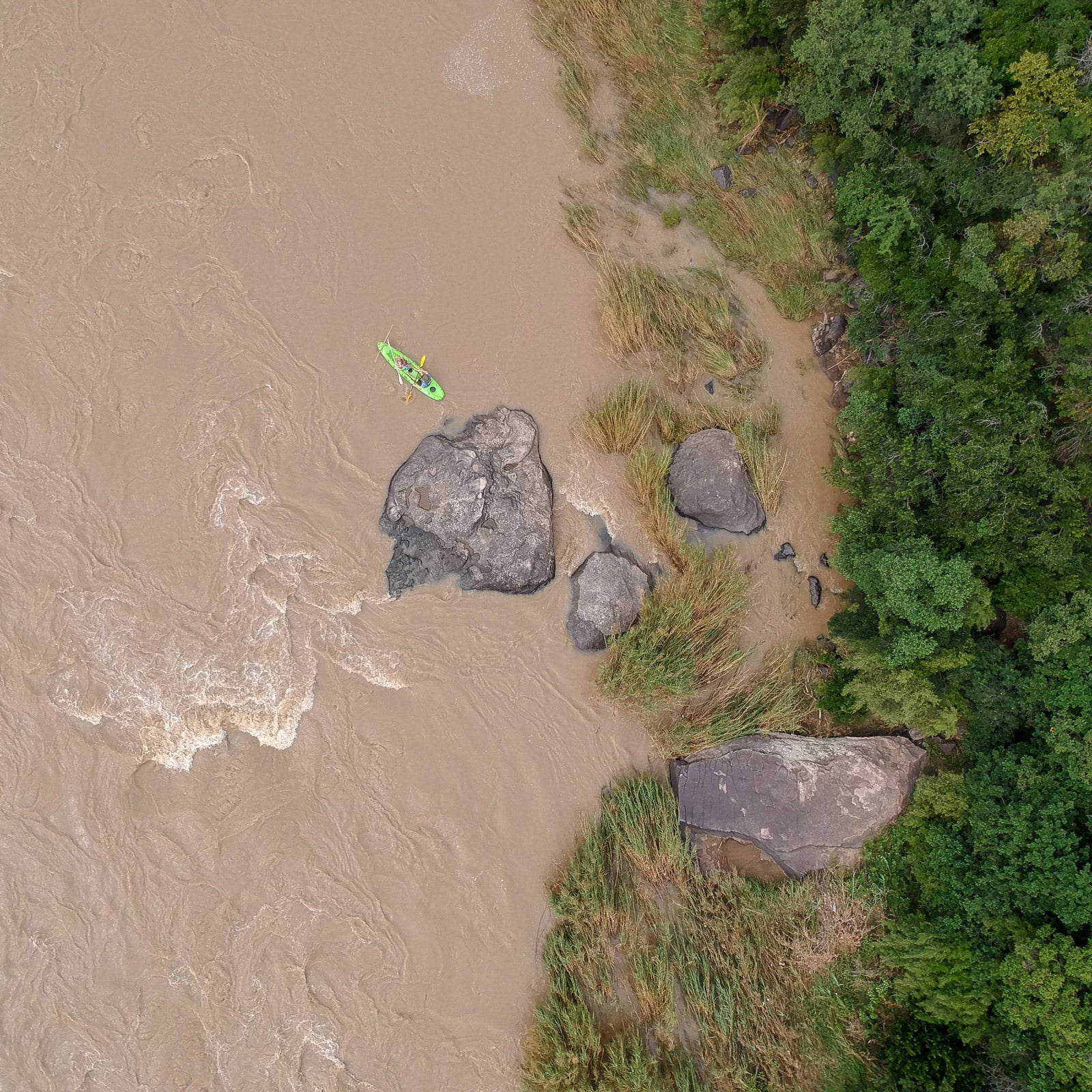We read the phrase “100-year flood” a lot in the news. It’s our attempt to describe the magnitude of a flood by putting it in context: “This crazy event is such a statistical anomaly, it only happens once every century!”
Truth is, that’s an abuse of statistics. The term doesn’t actually mean that a severe flood will occur only once every 100 years, and using it this way fails to reflect flood risk faced by certain areas.
First, some background. Scientists have spent decades painstakingly studying every waterway in the United States to determine how vulnerable the surrounding land is to flooding when heavy rain falls. Some areas are extremely susceptible to flooding, such as , which sits at the confluence of the Mississippi and Ohio rivers. Many other areas, however, would only see flooding in a catastrophic rainfall event, and maybe not even then.
Much of the way we think about flooding these days is shaped by flood insurance policies. As many homeowners know, flooding is not covered by standard homeowners insurance. Insurance companies decided in the 1950s and 1960s that it was simply too costly to cover flood damages as part of their regular policies. Congress passed the (NFIP) in 1968 as an affordable way for homeowners to purchase separate flood insurance policies if they happened to deem them necessary.
That meant the government had to come up with ways to regionally quantify flood risk in order to figure out how much to charge for insurance and how to create regulations for building in flood zones. The metric it settled on is the Annual Exceedance Probability (AEP).
The AEP is the statistical probability of seeing a certain level of flooding along a waterway during any given year. The standard the NFIP settled on for its “”—the level of flooding at which regulations and mandatory insurance purchases kick in—is a 1 percent AEP. A place with such a rating would theoretically have a one in 100 chance of seeing severe flooding each year—or, in other words, when it did flood, it would be considered a 100-year event.
Scientists studied water flow and flooding data for thousands of streams and rivers across the country to determine how likely flooding is at any one location along these waterways. The basis for determining values such as 1 percent AEP or 0.2 percent AEP (one in 500 chance, or a 500-year flood) is essentially a reasonable worst-case scenario for flooding. These floods aren’t too common, but the threat is great enough that regulations and protections need to be in place.
We abuse these statistics when we think of a 100-year flood as occurring only once every 100 years. Some locations could have back-to-back 100-year floods, or they could go entire generations without ever seeing one. The phrase describes the chance of seeing a major flood in any given year—not a guaranteed interval between those floods.
Here’s the kicker. The values that constitute a 100-year flood can change over time. Rapid urbanization along a river could make a flood that used to constitute a 1 percent AEP occur more frequently, requiring scientists to raise the probability of such a natural disaster. This is a problem in Ellicott City, Maryland, where heavy suburban construction in recent decades has led to horrendous flooding that destroyed historic downtown Ellicott City . The 1 percent AEP can also be adjusted downward due to flood-control measures like dams, levees, and physical alterations of waterways.
Climate change could make these extreme flooding events more common. A warmer atmosphere is able to hold more moisture, which increases the opportunity for events like massive thunderstorms and landfalling hurricanes to produce . And that means more floods—much more often than once a century.


